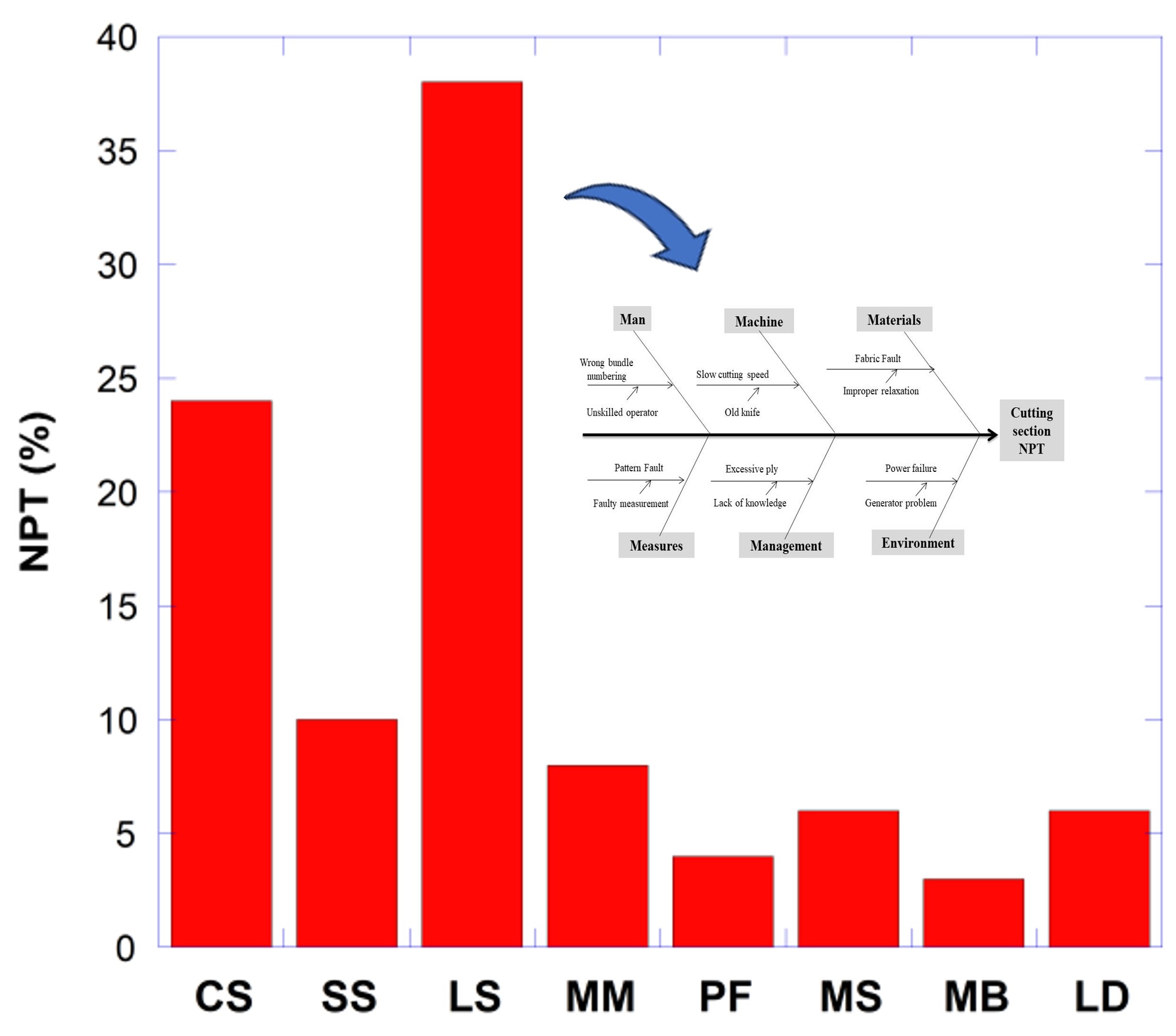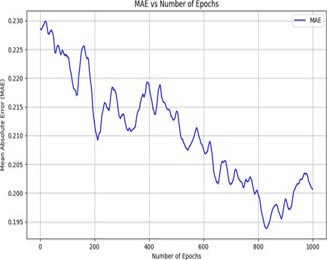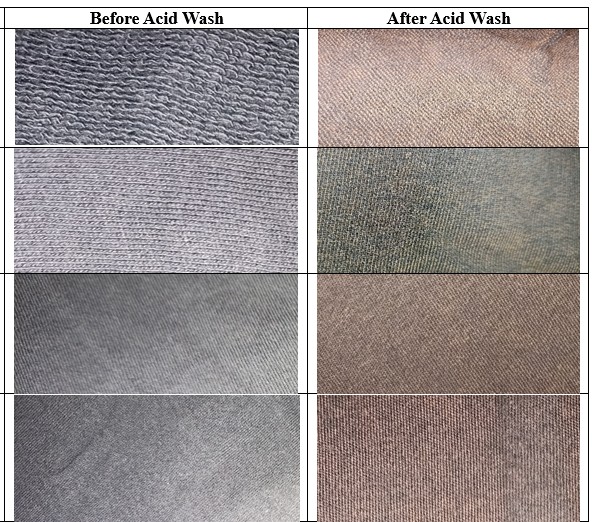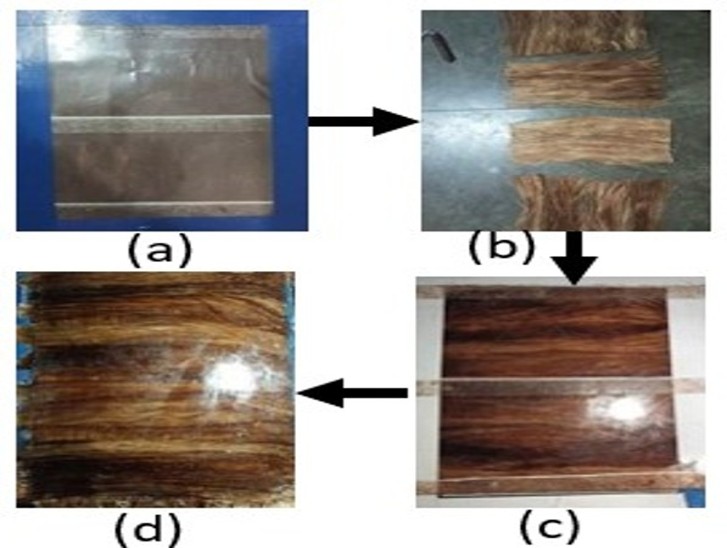Manuscript ID: ……………………….(to be filled by the Editorial Office)
Submission Date: ……………………(to be filled by the Author)
Article Type (Research Article, Review, Case Report, etc.)
Article Title (The title should be a declarative phrase without punctuation at the end and at least 7 words but no more than 25 words)
Author name1, Author name2, Author Name3*,…
1Department, Institution, City, Country
2Department, Institution, City, Country
*Corresponding Author: Name, Email
Note:
i. There should be no job titles or degree before the author's name.
ii. At least one corresponding author must be mentioned and an active email address should be included accordingly.
Abstract
The abstract should be a concise single paragraph, ranging from 200 to 400 words, and should not include any reference citations or footnotes. For research articles, it should provide a brief overview of the background, objective, method, result and conclusion of your article before the main body. In case report, abstract should include background, case presentation and conclusion. It is important to ensure that the abstract presents an objective representation of the article, avoiding the inclusion of results that are not substantiated in the main text and refraining from exaggerating the main conclusions.
Keywords
Keyword1, Keyword2,… Keyword8
1. Introduction
The introduction plays an important role in providing background information (including relevant references), emphasizing the importance of the study, and outlining its objectives. It is crucial to conduct a thorough review of the current state of the research field and incorporate key publications into your work. By referencing other research papers, you can provide context and position your own work within the broader research landscape. The final paragraph should provide a concise summary of the main findings and conclusions, which will be helpful to the readers.
References will be consecutively numbered as they appear in the text by using numerals in square brackets (e.g., [1], [2, 3] or [4–7]).
The article should be written in English. An article should be between 6 and 25 pages, and exceed 2000 words. For original research articles, it should include the headings Introduction, Materials and Methods, Results, Discussion and Conclusions. Other types of articles can be written with a more flexible structure.
1.1 The headings or subheadings should be numbered in order as the given style. Each headings or subheadings should not exceed 3 lines. There should be at least 2 subheadings but no more than 10 subheadings under one heading.
1.2. Equations
Please use either the Microsoft Equation Editor or the Math Type add-on when including equations. It is essential that equations are editable and not presented in a picture format. All equations should be consecutively numbered.
1.3. Figures
Each figure should have a concise caption describing what it represents. Figure captions should be presented below the figures, not in the figure file. Figures must be consecutively numbered using Arabic numerals, such as Figure 1, Figure 2, Figure 3...
Figure 1. Figure caption.
1.4. Tables
Each table should have a concise caption describing what it represents. Table captions should be presented above the tables. All tables should be editable with no image format. Vertical lines should not be used to separate columns. The corresponding meaning of the symbol in the table should be given below the table. Tables must be consecutively num-bered using Arabic numerals, such as Table 1, Table 2, Table 3...
1.5. Schemes
Schemes follow the same formatting as Figures.
2. Materials and Methods
The Materials and Methods section should provide com-prehensive details to enable other researchers to replicate the study and further expand upon the published results. If you have multiple methods, consider using subsections with ap-propriate headings to enhance clarity and organization.
3. Results and Discussion
The results section should provide an accurate and concise description of the experimental findings, and the resulting conclusions that can be inferred from the experiments. Meanwhile, the results should be presented in a transparent and truthful manner, avoiding any fabrication or improper manipulation of data. Where applicable, results of statistical analysis should be included in the text or as tables and figures.
In this section, authors are advised to provide a thorough analysis of the results and make comparisons with relevant literature, not a short summary or conclusion. Any future research directions could also be stated in the discussion.
4. Conclusions
The conclusion section should precisely articulate the main findings of the article, emphasizing its significance and relevance. In the conclusion, it is highly recommended that authors avoid referencing figures or tables. Instead, these should be appropriately referenced within the body of the paper.
Acknowledgments
This section serves to recognize contributions that do not meet authorship criteria, including technical assistance, do-nations, or organizational aid. Individuals or organizations should be acknowledged with their full names. The acknowledgments should be placed after the conclusion and before the references section in the manuscript.
References
APA style is recommended. It is the author's responsibility to ensure the completeness and accuracy of the information in each reference. All references must be numbered in the order of their first citation in the text and listed individually at the end of the manuscript. Please include the digital object identifier (DOI) for all references, if available.






